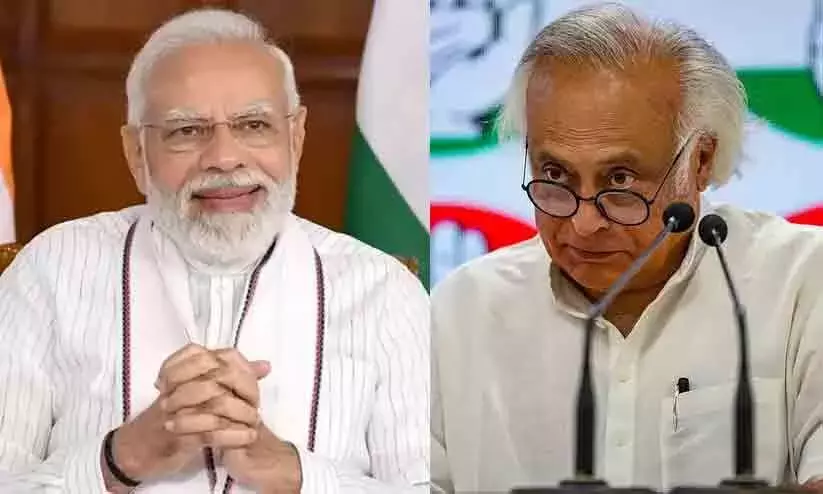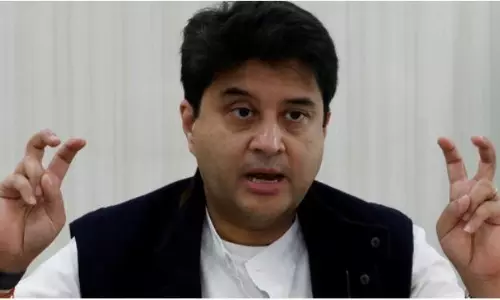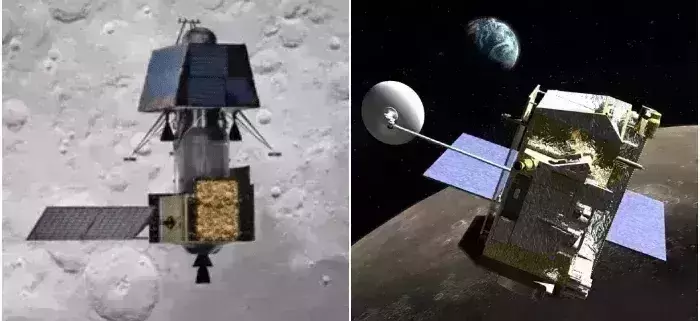
ISRO avoids Chandrayaan-2 collision with NASA's LRO
text_fieldsChandrayaan 2 and LRO
Chennai: For the first time in its space exploration mission, India's national space agency has revealed that it had to perform a collision avoidance manoeuvre for Chandrayaan-2 to avoid any chances of adverse events when it came in close proximity to the US orbiter around Moon.
According to ISRO, Chandrayaan-2 Orbiter and National Aeronautics and Space Administration's (NASA) LRA were predicted to come very close to each other on October 20, 2021 near the Lunar North pole.
It carried out the manoeuvre at 8:22 pm on October 18. The very close conjunction at 11:15 am on October 20. It added that such an event would have brought the two lunar satellites' orbits at a distance of less than 100 metres. The distance between the two orbiters would have been less than 3 km at the time of closest approach. For satellites that travel tens of kilometres every second, this is a precariously small distance.
ISRO performed the manoeuvre after mutual agreement with NASA. It was agreed that Chandrayaan-2 would perform the close approach manoeuvre to ensure the orbiters are far enough when the next close conjunction occurs.
According to ISRO, after orbit determination of Chandrayaan-2 Orbiter post-manoeuvre tracking data, it was reconfirmed that there would be no further close conjunctions with LRO in the near future with the achieved orbit.
Both the orbiters orbit the moon in a nearly polar orbit and hence, both the spacecraft come close to each other over the Lunar poles.
The Indian Orbiter has been going around the moon for the past two years.
It is common for satellites in earth orbit to undergo collision avoidance manoeuvres to mitigate collision risk due to space objects including space debris and operational spacecraft.
In 2020, India's 700 kg cartography satellite Cartosat-2F and Russia's 450 kg Kanopus-V satellite had a near miss in outer space, said Roscosmos, Russia's state space corporation.
Both the earth observation satellites were as close as 224 metres.
Kanopus is an Earth observation with a launch mass of 450 kg mini-satellite mission of the Russian Space Agency.






















